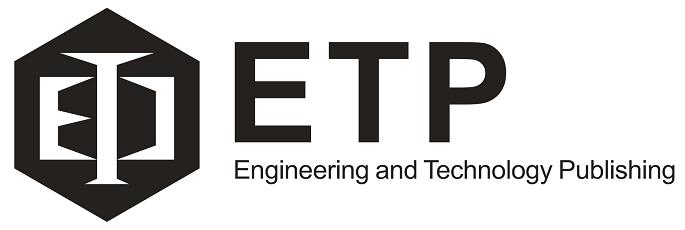Chitosan-Based Nanoparticles for Controlled-Release Delivery of α–Mangostin
Wipada Samprasit1, and
Praneet Opanasopit2
1.Department of Pharmaceutical Technology, College of Pharmacy, Rangsit University, PathumThani, 12000, Thailand
2.Department of Pharmaceutical Technology, Faculty of Pharmacy, Silpakorn University, NakhonPathom, 73000, Thailand
2.Department of Pharmaceutical Technology, Faculty of Pharmacy, Silpakorn University, NakhonPathom, 73000, Thailand
Abstract—The aim of this present work was to prepare chitosan-based nanoparticles for controlled-release delivery of orally administered α–mangostin. Chitosan/alginate (CS/ALG) and thiolated chitosan/alginate (TCS/ALG) nanoparticles loaded α–mangostin were prepared by ionotropic gelation method, following by crosslinking with genipin (GP) at the various times in order to achieve the α–mangostin release in a controllable way. Nanoparticles were characterized in terms of particle size, size distribution and surface potential by a dynamic light scattering, while α–mangostin encapsulation, entrapment efficiency and capacity were also determined. After characterizing the nanoparticles, the α–mangostin release pattern was studied in simulated gastrointestinal conditions. The particle size analysis showed that CS-based particles exhibited a nanoscale in the aqueous solution, but dilated to the larger particle size when crosslinked with GP. However, the surface potential was decreased with the increasing the crosslinking time. The TCS-based nanoparticles provided a slight smaller particle than that of CS. In addition, a high α–mangostin loading was found with the long-time crosslinking reaction. The α–mangostin release pattern demonstrated that the crosslinking times affected the α–mangostin release patterns. The CS/ALG and TCS/ALG nanoparticles, following by crosslinking with GP exhibited a controlled release profile. The results followed Higuchi’s model that explained the main mechanism of α–mangostin release was diffusion. These results demonstrated that nanoparticles constructed with CS and TCS, following by GP crosslinking can be a promising controlled-release drug delivery system for natural or hydrophobic compounds such as α–mangostin.
Index Terms—chitosan, thiolated chitosan, nanopartices, α–mangostin
Index Terms—chitosan, thiolated chitosan, nanopartices, α–mangostin
Cite:Wipada Samprasit and Praneet Opanasopit, "Chitosan-Based Nanoparticles for Controlled-Release Delivery of α–Mangostin," International Journal of Pharma Medicine and Biological Sciences, Vol. 9, No. 1, pp. 1-5, January 2020. doi: 10.18178/ijpmbs.9.1.1-5
Copyright © 2020 by the authors. This is an open access article distributed under the Creative Commons Attribution License (CC BY-NC-ND 4.0), which permits use, distribution and reproduction in any medium, provided that the article is properly cited, the use is non-commercial and no modifications or adaptations are made.
Previous paper:First page
Next paper:Verification of Validity of Assessment Items in Training System for Laparoscopic Surgery
Next paper:Verification of Validity of Assessment Items in Training System for Laparoscopic Surgery
